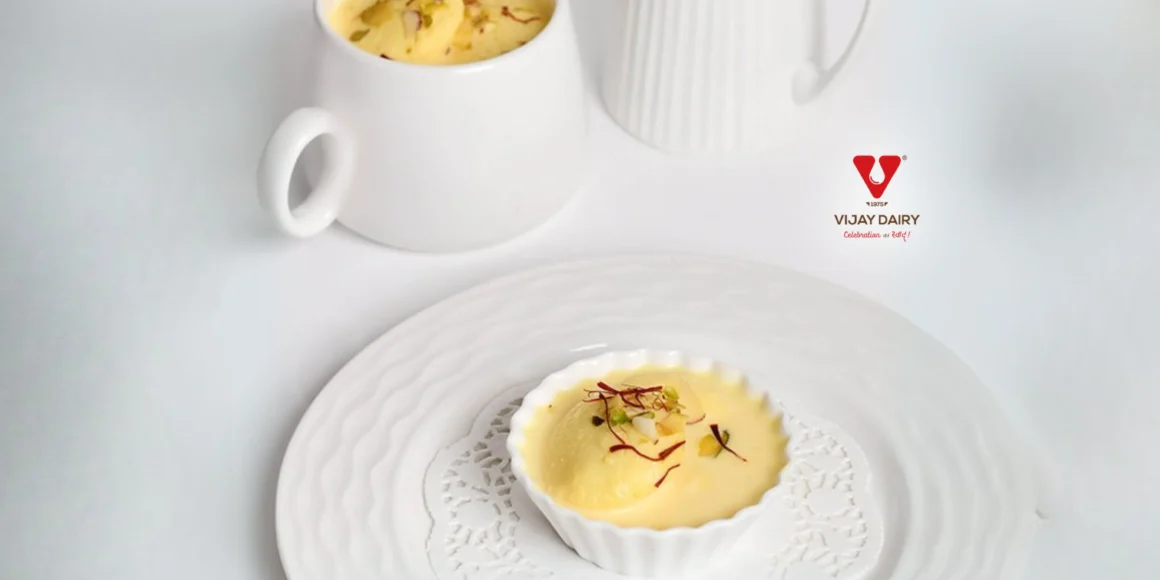India has always been known as a nation of sweets. Every state has its tastes, recipes, and culinary memories.
Yet, when it comes to sweets that cross borders and touch hearts, Bengali sweets hold a special place. From the Rasgulla to the Sandesh, these creations are more than simply sweet. They embody history, love, and the warmth of sharing.
But why do Bengali sweets have this allure? Why do they appear not only in Bengal but also on festive tables across the country? The answer lies in their flavours, their history, and in the simplicity of pure ingredients like milk and ghee.
A Tradition Started Centuries Ago
Bengal has spent ages mastering the art of sweet-making. Milk-based sweets have long been popular in India, but Bengal took them to new heights.
During the colonial period, sweet-makers in Bengal introduced recipes that became cultural symbols. Rasgulla, Sandesh, and Mishti Doi soon ventured outside Bengal. They became a staple of weddings, temple offerings, and family gatherings throughout India.
They were appealing because of their simplicity. The freshly prepared chhena has the richness of milk and the perfect amount of sweetness.
Nothing is excessive. Nothing complicated. These were simply honest tastes that spoke directly to the heart. Bengali sweets gradually lost their regional identity. They went national.
What Makes Them Different
One of the most notable changes is the usage of chhena. Bengali sweets are made with freshly curdled milk, although many Indian sweets use khoya.
This results in a soft, spongy texture that absorbs tastes well. Rasgulla and Rasmalai are excellent examples. They are light and airy, melting in your mouth.
Balance is another factor that contributes to their appeal. The sweetness is never excessive. You can have more than one without feeling weighed down.
This balance allows families to easily share with others of all ages. Children adore them. Elders also enjoy them.
Bengali sweet manufacturer have never been afraid to experiment. Over the years, we’ve seen chocolate Sandesh, mango Rasgulla, Mishti Doi, and various other novelties. These preserve the tradition while making sweets appealing to new generations.
The Sweets That Won Each State
There are a few names that everyone knows, whether they are from Bengal or not.
- – Rasgulla – Spongy white balls soaked in a mild sugar syrup.
- – Rasmalai – Flattened rasgullas soaked in saffron-flavoured milk.
- – Sandesh – Made with chhena, often mixed with fruits, nuts, or jaggery.
- – Mishti Doi – A thick, caramelised curd that combines sweetness and natural tartness.
- – Cham Cham – Colourful sweets rolled in coconut or filled with cream.
The Importance of Pure Ingredients
Behind every delicious sweet lies a basic truth: the ingredients are important. The greatest recipes are meaningless without fresh milk, fresh chhena, or high-quality ghee.
Bengali sweets emphasise this point even more. Since they use only a few seasonings and cook extensively, the purity of the milk determines its taste.
A rasgulla made with fresh cow milk tastes very different from one made with low-quality milk. Sandesh made with real ghee has a richness that cannot be replicated.
For decades, the best sweet shop in Surat has been serving genuine cow milk, farm-fresh paneer, and traditional ghee. These aren’t simply products. They serve as a base for authentically flavoured sweets.
When milk is pure and ghee is prepared traditionally, the tastes remain true. And it is this honesty that makes Bengali sweets so memorable.
More Than Just Sweet
Bengali sweets are not simply recipes. They are expressions of affection. In Bengal, offering sweets is viewed as a sign of greeting, respecting, and caring for someone.
That sentiment has permeated throughout India. Today, sharing a Rasgulla with family or giving a box of Sandesh evokes the same warmth.
One of the reasons these sweets have travelled so far is due to their hospitality. They don’t only fill your tummy. They make relationships. They bring smiles to people’s faces and signal the beginning of conversations. They serve as a reminder that food is about more than just taste.
Lighter indulgences
We often consider sweets to be heavy desserts. However, many Bengali sweets are remarkably light. Mishti Doi, for example, is not only delicious but also beneficial to digestion due to its naturally occurring probiotics.
Rasmalai and Sandesh are high in milk protein and calcium. Of course, moderation is key, but when made with pure milk and natural flavours, these treats can fit a balanced lifestyle.
Why Love Will Never Fade
Bengali sweets are not just popular today. They will be adored for generations. The reasons are simple.
- – They are timeless. It has been passed down for centuries.
- – They are adaptive. Open to new flavours and experiments.
- – They are inclusive. People of every age and background enjoy it.
- – They’re healthful. Rooted in the purity of milk.
This unique combination of flavour, heritage, and passion renders them incomparable. That is why Rasgulla, Sandesh, and Mishti Doi are not only desserts. They are a component of India’s cultural identity.
The Heart of Every Sweet
The fondness for Bengali sweets is not accidental. It is based on their delicate textures, gentle sweetness, and the joy they provide to every occasion. But at the heart of it all is one thing: pure, fresh milk.
Vijay Dairy believes in sustaining this legacy. Our milk, paneer, and ghee are made with the same honesty that Bengali sweet-makers have relied on for years. When the basis is pure, the sweet may speak for itself.
So, the next time you eat Rasgulla, have a bowl of Mishti Doi, or share Sandesh with your loved ones, remember what’s within. It’s not just sugar and milk. It’s history. This is love. It captures the essence of India’s attachment to sweetness.
Every Bengali sweet has more than just flavour. There is emotion. And this is what keeps them dear to our hearts.

